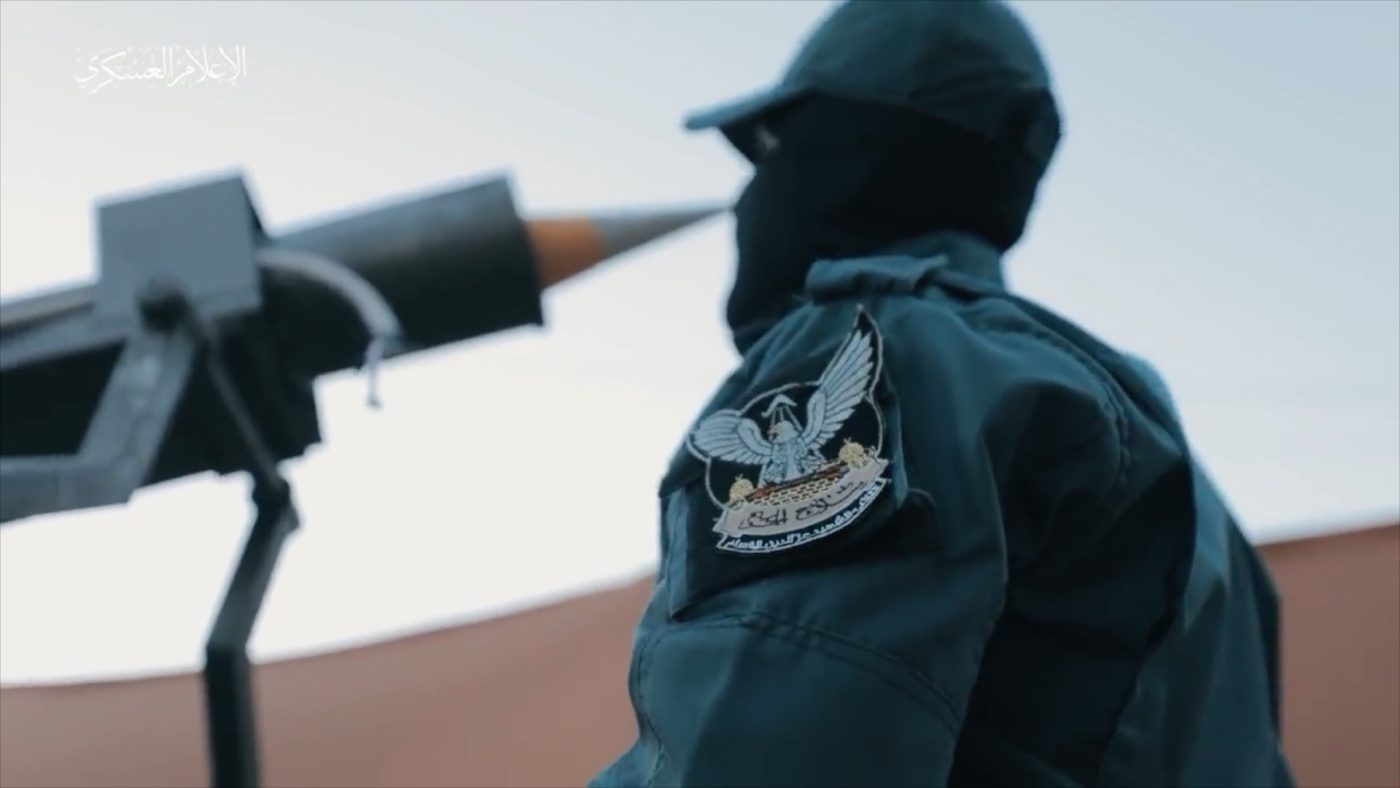Surrounded by enemies and fickle friends, Israel maintains a constant vigil for threats ranging from terrorists to ballistic missiles.
So how could more than 1,500 Hamas militants storm into southern Israel without its defenders seeing it coming? Why did it take hours and days for the Israeli military to send reinforcements to rescue the beleaguered border towns and kibbutzim?
No one wants an answer more than the Israeli public: once the shooting stops, there will be an investigation — just like the Agranat Commission after the 1973 Yom Kippur War — that may result in the ouster of Prime Minister Benjamin Netanyahu.
Yet the Israelis aren’t the only ones who need to ask hard questions. If Israel can be caught so totally by surprise, then how about NATO? If Russia — or some Kremlin-sponsored insurgent group — were to launch such an attack, how prepared would European nations be?
There are a lot of disturbing issues raised by Hamas’s October 7 assault, which slaughtered more than 1,400 Israelis, mostly civilians. Even Hamas didn’t expect to penetrate 10 miles inside Israel so easily.
A high-tech military was humbled — at least temporarily — by a low-tech adversary using pickup trucks, bulldozers, and motorbikes. The small drones that knocked out Israeli border sensors and tanks, and the motorized paragliders that flew over the fence, can be bought online by any individual with a credit card. Even the homemade rockets that diverted Israeli attention while the ground assault commenced can be built in a garage.
And that provides the first answer to the question of what happened. Technological arrogance was at the heart of the Israeli debacle. For example, the media fawned over Israel’s Gaza defense system, which included autonomous armored vehicles and AI-controlled machine guns. For Israel and NATO, which prefer to risk machines rather than men, this seemed the casualty-free future of war.
Yet the expensive robotic gun towers were knocked out by cheap robotic drones. Nor was it robots that held off the attackers. The Israeli death toll would have been far higher but for a few desperate kibbutz guards and reservists grabbing rifles and jumping into their cars as they headed to the border.
The post-10/7 investigation will focus on the greatest mystery of the disaster: how could Israeli intelligence not glimpse the warning signs of an invasion? Israeli maintained — or was thought to maintain — careful watch over Gaza, from aerial drones to a network of human spies and informants. Failure to spot a small cell of suicide bombers is one thing; failure to detect preparations for what was nearly a brigade-sized assault is something else.
Technology was again the problem. Cell phone monitoring could pick up nothing when Hamas communicated over landlines buried in the vast tunnel complex under Gaza. And anyway, there are reports that Israel — and the US — had stopped monitoring Hamas communications, including walkie-talkie sets.
That deadly silence was filled by Israelis who came to believe what they wanted to believe — that Hamas was responding to economic incentives – and fear of retaliation – and that it would keep the group relatively quiet while normalization continued between Israel and the Arab world. No technology can compensate for complacency and overconfidence.
So, what are the lessons for America, Europe, Taiwan, and the rest of the world? One is that drones and electronic eavesdropping have not eliminated the possibility of strategic surprise. Hamas didn’t have jets or tanks, but it did have the capability to carefully observe Israeli weaknesses and conduct meticulous planning.
Another is that non-state actors, such as Hamas and Hezbollah, have acquired state-level capabilities. The Hamas unit that smashed through the border wasn’t a ragtag band of militants, but a light infantry or commando force proficient at raiding tactics.
10/7 also shows that borders need to be guarded not just by robots or sensors, but also by boots on the ground. With 1,600 miles of border to protect from Russia — some of it in remote and rugged areas such as Northern Europe — NATO faces a huge challenge, not least because some of its armies are undermanned and less than alert.
On the tactical level, Hamas achieved brilliant success. But its goal was no more than killing or kidnapping as many Israelis as it could. Many of the attackers were eventually killed, and 2 million Gazans are now suffering a terrible retaliation. For Hamas, that’s irrelevant. They’re just martyrs for the cause.
That’s no different than Russia expending waves of ill-armed and poorly trained conscripts and convicts as mere cannon fodder. Examining the damage and disruption inflicted by Hamas, some authoritarian regimes may look at this operation as a low-cost way of hurting their opponents. That their own people would also suffer is just a cost of doing business.
Michael Peck is a defense writer whose work has appeared in Foreign Policy, Forbes, Defense News, Business Insider, and other publications. He holds an MA in political science from Rutgers University. Follow him on Twitter and LinkedIn.
Europe’s Edge is CEPA’s online journal covering critical topics on the foreign policy docket across Europe and North America. All opinions are those of the author and do not necessarily represent the position or views of the institutions they represent or the Center for European Policy Analysis.





